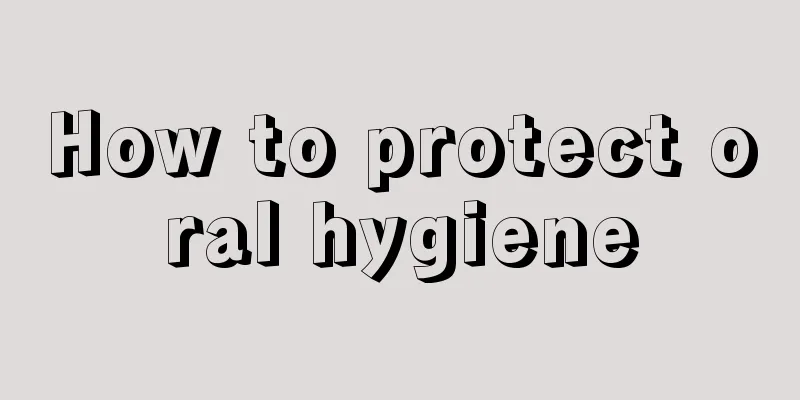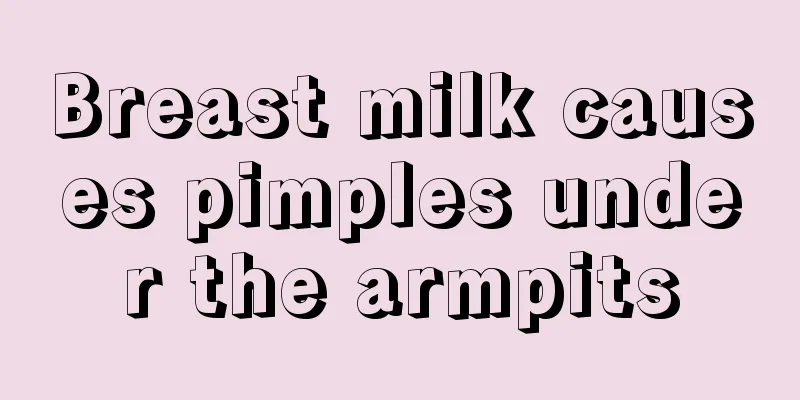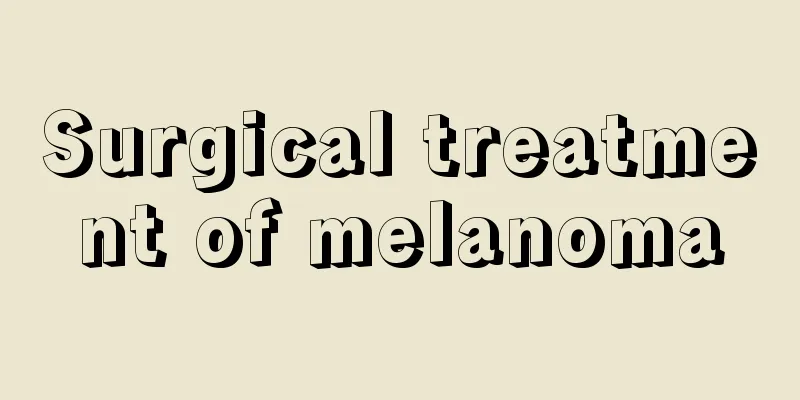How to protect oral hygiene

|
It is very important to maintain good oral hygiene. After we eat, food residues will remain on the teeth. Over time, thick dirt will accumulate and affect the teeth and mouth. Not only will the teeth look unsightly, but oral diseases will also form. We not only need a healthy mouth, but we also need to maintain it so that the gum system can function normally. So how do we protect oral hygiene? Let me give you a brief introduction. 1. Toothpaste: It contains additives such as sea salt, fluoride, chlorophyll, etc. Generally, toothpaste contains fluoride to prevent tooth decay. As for other additives such as zinc, tin, hydroxyapatite, etc., they are mainly used to reduce sensitivity. 2. Dental floss: Generally divided into two types: waxed and non-waxed. The most important thing about dental floss is the method of operation. Improper operation can easily scratch the gums. Therefore, dental floss should be operated correctly under the guidance of a dentist to make it work. Dental floss is used after meals. In addition to people with orthodontic treatment, irregular teeth, and crowded teeth, it is more inconvenient to use dental floss. Dental floss sticks, interdental wires, and interdental brushes (used for large gaps between teeth, also portable) are also tools for cleaning gaps between teeth that are as easy to use as dental floss. Dental floss should be selected based on its softness and elasticity. Dental bridge wires are used for a whole row of dentures, and toothpicks are used for large gaps between teeth or as substitutes when dental floss is not available. The correct way to brush your teeth varies from person to person. The Bayes method can provide more than 80% of people with the correct way to brush their teeth. Brushing your teeth is not just about brushing your teeth. The gums are also the focus of cleaning. If you want to know whether your brushing method is correct or whether there is dental plaque, you can use it with a plaque indicator. The frequency of brushing your teeth should be based on a certain number of times. In fact, the frequency of brushing your teeth can only be increased, not reduced. Generally, it is based on brushing after three meals and before going to bed (four times). It is best to brush your teeth after each meal. Reducing the frequency will make the oral bacteria unbalanced. In addition to brushing the teeth and gums, the tongue should also be brushed clean to avoid the accumulation of dental plaque on the tongue. In fact, rinsing your mouth can only remove large food residues and rice grains, but it has no effect on dental plaque, bacteria, etc. 3. Toothbrush: There are many types of toothbrushes, including wavy, curved, super soft, hard bristle, etc. Generally speaking, dentists recommend the following toothbrushes: 1. The toothbrush head is small, making it easier to brush the inside of the mouth and the corners of the teeth. How long does it take to get a half mouth dental implant? 2. The gaps between the bristles of the toothbrush are large, which is better for cleaning the shape of teeth and deep into the gaps between teeth. 3. Three vertical rows and six horizontal bundles. Unless you are a patient with oral mucosal diseases or periodontal diseases, generally speaking, you do not need to use extra-soft toothbrush bristles to clean your teeth. In fact, in addition to choosing a good toothbrush, the force of brushing is also very important. Some people brush their teeth in a violent way, which causes the atrophy of the oral gums, wear of the tooth neck and pain caused by cold and heat. 4. The service life of a toothbrush is generally to be replaced every two to three months. 5. How to brush your teeth: Use the Bayesian method. You can bring a toothbrush and ask your dentist for the correct way to brush your teeth. The appropriate size of the toothbrush is to place the brush head horizontally about two to three teeth away from your front teeth. If an adult has a smaller mouth, they should use a children's toothbrush and brush with a force of 110g. People who are prone to vomiting when brushing their teeth should also use a children's toothbrush. The above is what I introduced to you about how to protect oral hygiene. I believe you will have a deeper understanding of some common issues on how to protect oral hygiene. Protecting oral hygiene is not a matter of overnight. It requires persistence in daily life through correct posture and the use of oral cleaning tools that suit you. |
<<: How to deal with oral hygiene
>>: What are the tools for cleaning the mouth
Recommend
What are some exercises for patellar arthritis?
Exercise is an important way to maintain good hea...
Four treatments for knee joint effusion
The knee joint is the lowest large joint in the h...
What are the early symptoms of lung cancer? 4 early symptoms of lung cancer to know
Pneumonia is mainly caused by the patient's p...
Will liver nodules disappear?
The liver plays an important role in the human bo...
Is 75 degree astigmatism serious?
Astigmatism is mainly caused by the deflection of...
Is it okay not to blow dry your hair after washing it
Most people usually blow dry their hair after was...
How can the smoke be restored after it has dried up
Cigarettes have a relatively long shelf life, but...
There is white stuff in the tonsil fossa
The white stuff in the tonsillar fossa is actuall...
Are tampons hygienic?
With the development of science and technology, t...
Is skeletal muscle a tissue or an organ?
I believe many people are familiar with the part ...
What's the matter with high low-density cholesterol
Low-density cholesterol is the cholesterol carrie...
Why does skin become more itchy the more you scratch it?
The skin is a very sensitive tissue. Although the...
What are the symptoms of liver cancer? Here are some ways to prevent liver cancer
Many people know that toothbrushes, towels and ot...
I have been cupping for several months and there are still marks
After cupping, obvious purple marks will appear o...
What are the methods to relieve stomach pain?
Stomach pain is one of the manifestations of gast...









